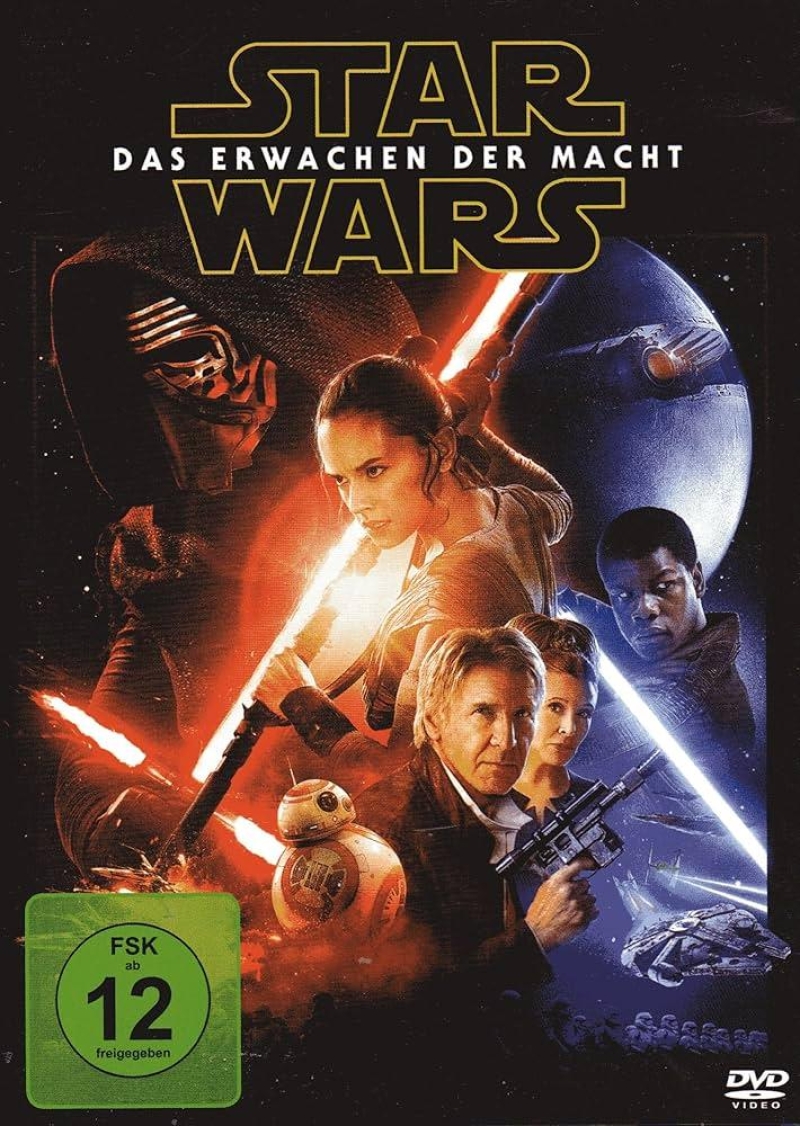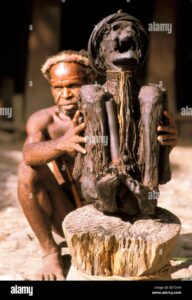
The geopolitical landscape we see today had its lines drawn by various decisive conflicts. These historical ” have deeply impacted national identity, culture, and global politics. Indeed, the echoes of these wars reverberate to this day. For centuries, nations have been forged and broken on the battlefield, borders have been drawn and redrawn, and intricate international relations have been defined. Today, we present a study of a few of these pivotal wars, focusing on the transformative effects they had on the world.
The Treaty of Westphalia (1648)
The first major instance that deserves our attention is the Peace of Westphalia. Emerging from the chaotic flames of the Thirty Years War in Europe, this treaty is often considered the birth of modern state order. It was here that the concept of a nation-state, a concept upon which our world operates today, was effectively born.
The Peace of Westphalia witnessed fundamental changes in the distribution of power, marking the end of the Holy Roman Empire’s dominance. The consequent rise of decentralized states led to a paradigm shift in international relations, setting the standard of political autonomy that remains respected to this very day. Furthermore, the world started to see the appearance of borders as they exist today.
The American Revolutionary War (1775–1783)
Another crucial conflict that defined the course of modern borders was the American Revolutionary War. This eight-year-long battle for independence from Britain dramatically redrew the boundaries of the North American continent. In winning this war, thirteen predominantly English-speaking colonies shed their attachments to their European overlords and formed an independent federal republic.
The victory not only led to the formation of the United States of America but it also left deep imprints on the geopolitical map, setting the tone for the later westward expansion of the country. Thus, it can be said without any exaggeration that the American Revolutionary War was a formative experience in shaping the continent’s borders.
The World Wars (1914–1945)
No discussion of the transformative power of war on geographical borders can be complete without mentioning the World Wars. They remain the most notable examples of destructive global conflicts that drastically altered the political map. In the wake of these devastating wars, we saw the rise and fall of empires, the birth of newly independent nations, and a radical reshaping of borders throughout entire continents.
The treaties that marked the end of World War I and World War II, notably the Treaty of Versailles and the Potsdam Agreement, embodied the monumental tasks of reorganizing territories, altering the state boundaries, and setting new norms for international relations. These adjustments continue to influence political perceptions and realities around the world.
the history of our modern borders is a narrative that has been deeply influenced by a diverse range of wars and conflicts. It is through understanding these decisive wars that we gain a window into the world as we know it today. It’s a complex and ever-evolving landscape, connected through a shared past, and shaped by wars that span centuries.





